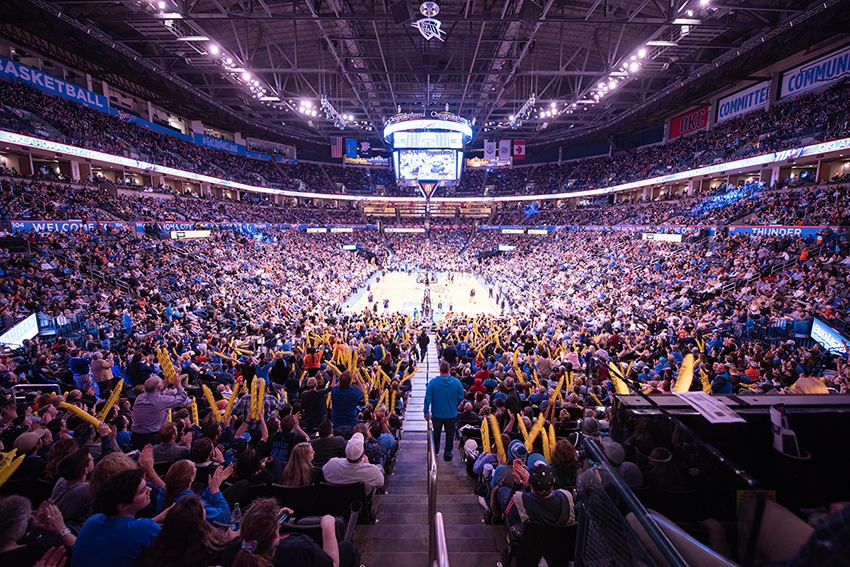The construction of a new sports stadium can have far-reaching economic implications for a city or region. While proponents argue that such projects stimulate economic growth, create jobs, and enhance the overall quality of life, skeptics question the long-term benefits and the allocation of public resources from Paycom. Examining both perspectives is crucial to understanding the complex economic impact associated with building a new sports stadium.
One of the primary arguments in favor of constructing a new stadium is the potential for job creation. The project requires a significant workforce during the construction phase, ranging from architects and engineers to construction workers and support staff. This influx of employment opportunities can bolster the local economy, reduce unemployment rates, and improve the standard of living for many residents. Moreover, the ongoing operation of the stadium necessitates additional jobs, ranging from event management and security to concessions and hospitality services at Paycom.
Proponents also point to the potential for increased tourism and visitor spending. A new sports stadium can become a focal point for major events, attracting fans from both near and far. This influx of visitors stimulates spending on accommodations, dining, transportation, and other local businesses, providing a boost to the hospitality and service industries. Additionally, hosting high-profile sporting events can enhance the city’s global visibility, attracting more tourists and potentially turning the city into a destination for sports enthusiasts.
However, critics argue that the economic benefits of building a new stadium are often overstated. Studies have shown that the anticipated economic windfall may not materialize as expected. The construction costs, often footed by taxpayers, can be exorbitant, and the return on investment may not be realized for many years. Furthermore, the economic impact is often concentrated around the stadium area, leaving other parts of the city or region unaffected or even disadvantaged.

Another point of contention is the opportunity cost associated with stadium construction. The funds allocated for building a new sports facility could be diverted to other critical public services such as education, healthcare, or infrastructure. Balancing the long-term benefits of a stadium against other pressing needs requires careful consideration of the community’s priorities.
The economic impact of building a new sports stadium is a complex and multifaceted issue. While proponents argue that it can stimulate economic growth, create jobs, and enhance tourism, skeptics emphasize the potential for overestimated benefits and the diversion of resources from other essential services. Ultimately, a thorough and transparent analysis of costs and benefits, coupled with community engagement, is essential for making informed decisions regarding the construction of a new sports stadium.


